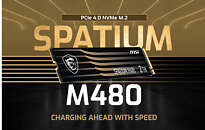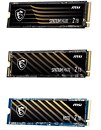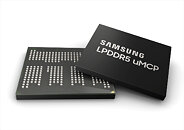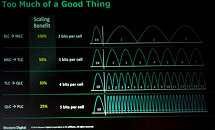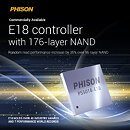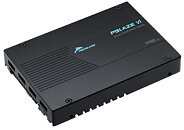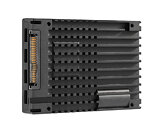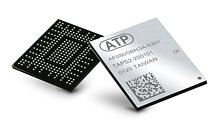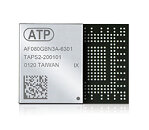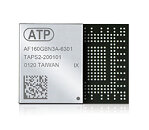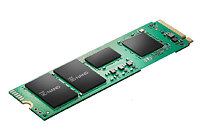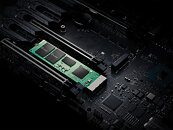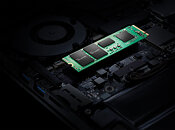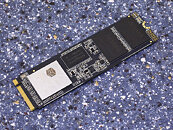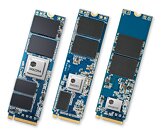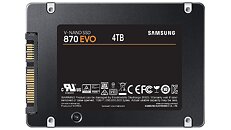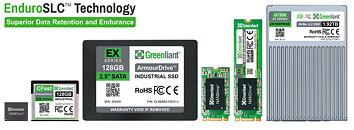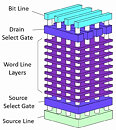SSD-Insider++ Promises Ransomware-free SSDs
Over the past couple of years there has been a huge increase in ransomware attacks, and now scientists claim to have a solution that could help protect SSDs from getting encrypted by ransomware. The SSD-Insider++, as the solution has been named, claims to be able to detect ransomware activity and reverse the encryption on the fly.
SSD-Insider++ was developed by a group of engineers from South Korea's Inha University, Daegu Institute of Science and Technology, and the Cyber Security Department at Ewha Womans University (EWU), as well as a researcher from the University of Central Florida in the US. It's a firmware level based protection that looks for patterns of ransomware activity on the drive and stops it before any damage has been done.
SSD-Insider++ was developed by a group of engineers from South Korea's Inha University, Daegu Institute of Science and Technology, and the Cyber Security Department at Ewha Womans University (EWU), as well as a researcher from the University of Central Florida in the US. It's a firmware level based protection that looks for patterns of ransomware activity on the drive and stops it before any damage has been done.



